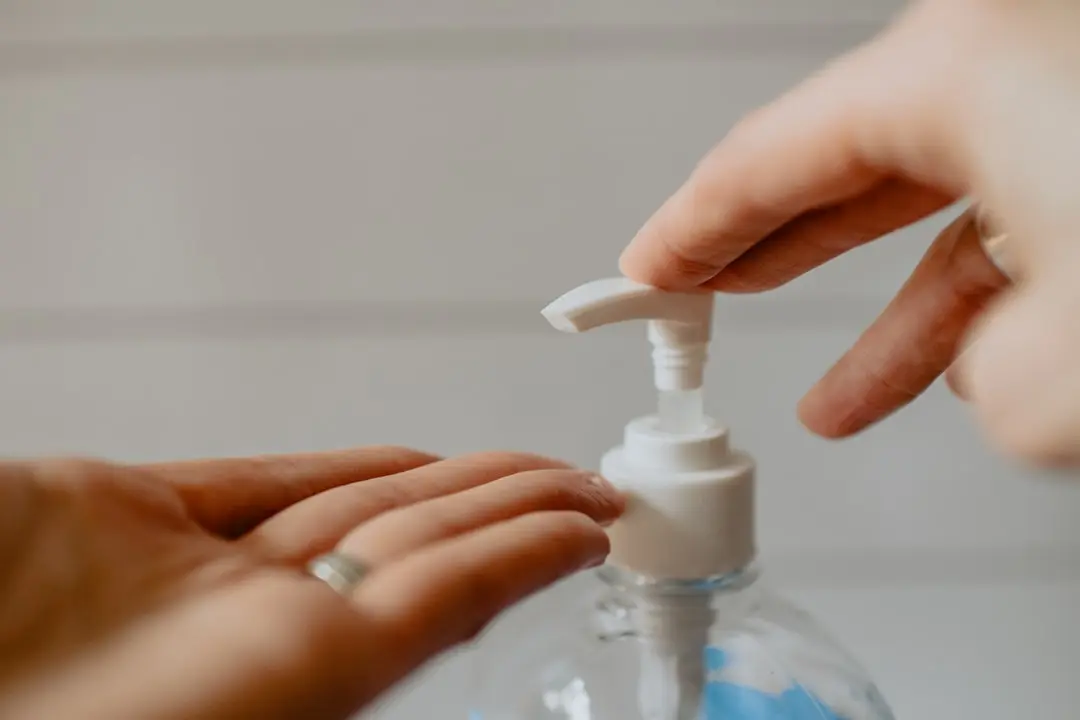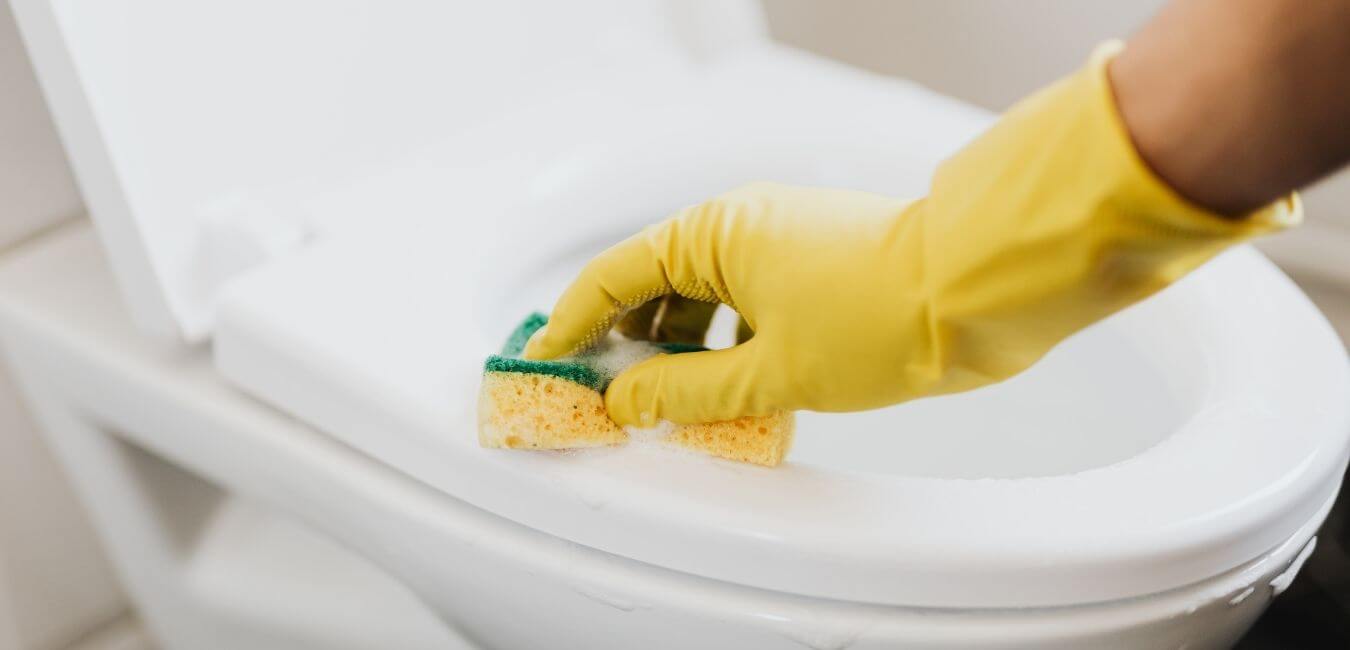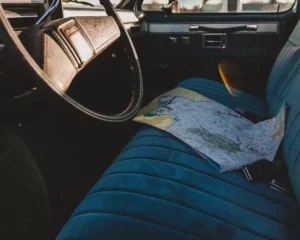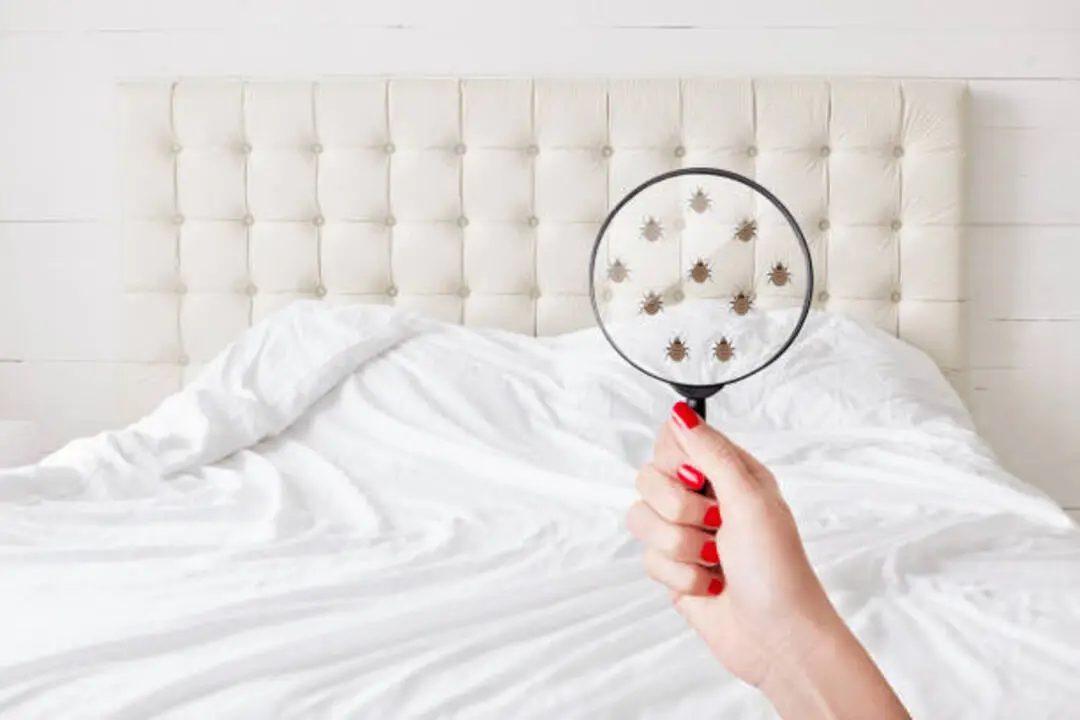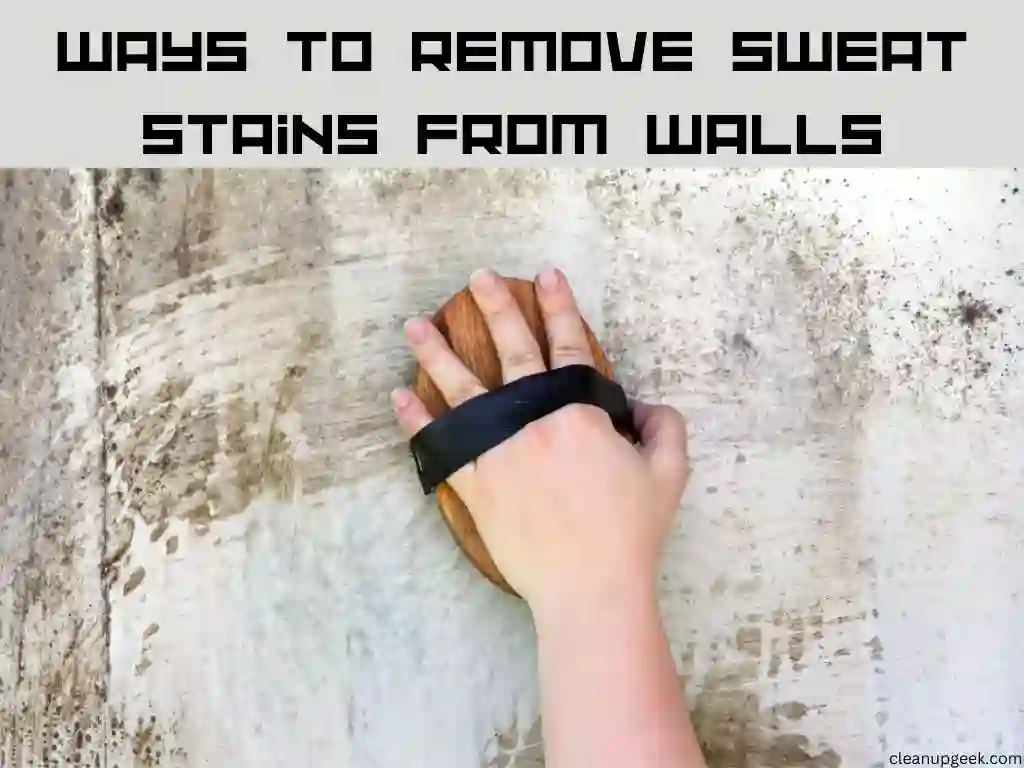If you’ve been staring at yellow stains on your vinyl flooring and wondering how to get rid of them, you are not alone. This common issue plagues many homeowners and can turn a clean-looking floor into an eyesore in no time.
Our guide aims to help by providing effective methods and remedies for stain removal, highlighting crucial factors to keep in mind during the process, pointing out common mistakes to avoid, and giving preventive measures for future care.
Ready? Let’s dive right into transforming that stained vinyl flooring back into its former glory!
KEY INFORMATION
- Yellow stains on vinyl flooring can be caused by moisture, mildew, mold, incorrectly applied adhesives, chemical reactions, sunlight exposure, hot water spills, and bleach.
- Effective methods for removing yellow stains include using baking soda, lemon juice, rubbing alcohol, dish soap, WD-40, or a specialized vinyl floor cleaner.
- Factors to consider when removing yellow stains include the type of stain you’re dealing with and the specific type of vinyl flooring you have. It’s important to test cleaning products before use and use proper cleaning techniques throughout the process.
- To prevent future yellow stains on your vinyl flooring, make sure to avoid excessive water during cleaning, address underlying moisture issues promptly, and protect your floors from direct sunlight exposure with suitable window coverings or rug or furniture placement.
Causes of Yellow Stains on Vinyl Flooring
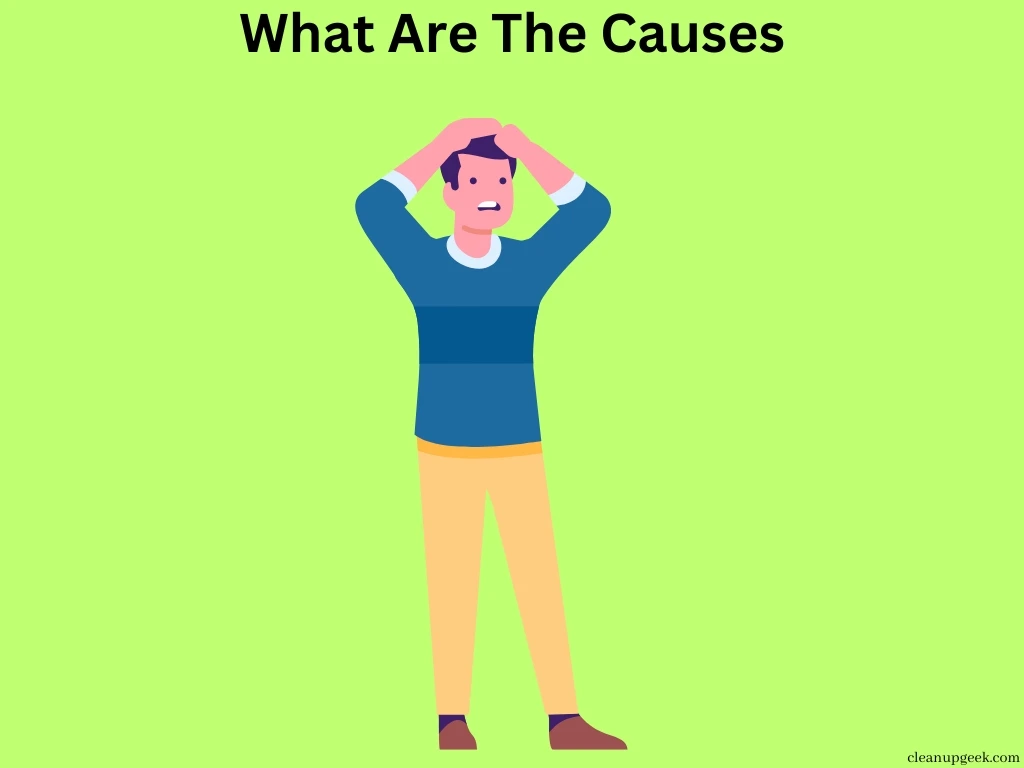
Moisture, mildew, and mold, incorrectly applied adhesives, chemical reactions, sunlight exposure, hot water, and bleach can all contribute to yellow stains on vinyl flooring.
1. Moisture
Moisture can make yellow stains on vinyl floors. Water from leaks or spills can get trapped under the floor. This makes a spot for mold and mildew to grow, which causes the yellow stains.
It is very important to clean up any water right away. A dry floor will not have this problem. Also, using too much water when you clean can make the same kind of mess! So don’t use a lot of water when you mop your vinyl floors.
2. Mildew and mold
Mildew and mold are common causes of yellow stains on vinyl flooring. They often occur in areas that are damp or have high humidity, such as bathrooms or basements. These stains can be unsightly and difficult to remove.
To tackle mildew and mold stains, it’s important to first address the underlying moisture issue. You can use a mixture of vinegar and water to clean the affected area, as vinegar has natural antifungal properties.
Scrub the stain gently with a soft brush or cloth soaked in the solution. After cleaning, make sure to thoroughly dry the area to prevent further growth of mildew or mold.
3. Incorrectly applied adhesives
If you notice yellow stains on your vinyl flooring, one possible cause could be incorrectly applied adhesives. When installing vinyl flooring, it’s important to use the right type and amount of adhesive recommended by the manufacturer.
If too much adhesive is used or it isn’t spread evenly, it can leave behind residue that can discolor the flooring over time. To avoid this issue, make sure to follow the manufacturer’s instructions carefully when applying adhesives during installation.
4. Chemical reactions
Chemical reactions can cause yellow stains on vinyl flooring. Certain substances, like bleach or incorrectly applied adhesives, can react with the vinyl and lead to discoloration. It’s important to be cautious when using cleaning products that contain chemicals, as they may have a negative reaction to the flooring.
When removing yellow stains caused by chemical reactions, it’s crucial to use gentle cleaning methods and avoid abrasive cleaners that could further damage the surface of the vinyl flooring.
5. Sunlight
Exposure to sunlight can cause yellow stains on vinyl flooring. The UV rays in sunlight can react with certain chemicals present in the flooring, resulting in discoloration over time.
To prevent this, it is important to use suitable window coverings or blinds to limit direct sunlight exposure. Placing rugs or furniture strategically can also help protect the flooring from fading or yellowing due to sun exposure.
Regularly cleaning and maintaining the vinyl flooring will also help minimize any damage caused by sunlight.
6. Hot water
Hot water can be a common cause of yellow stains on vinyl flooring. When hot water is repeatedly spilled or used for cleaning, it can strip away the protective layer and cause discoloration.
The high temperature can also react with certain chemicals in the vinyl, leading to yellowing. To remove these stains, avoid using hot water directly on the flooring and opt for cooler temperatures when cleaning.
Instead, try using mild dish soap mixed with lukewarm water to gently clean the vinyl surface without causing further damage.
7. Bleach
Using bleach directly on yellow stains on vinyl flooring is a mistake to avoid. Bleach can discolor the flooring and cause further damage. Instead, it’s better to opt for other methods like baking soda, lemon juice, rubbing alcohol, or a specialized vinyl floor cleaner.
These alternatives are effective in removing stains without causing harm to the vinyl flooring. Remember to always test cleaning products on a small, inconspicuous area before applying them to the entire stained area.
Factors to Consider When Removing Yellow Stains
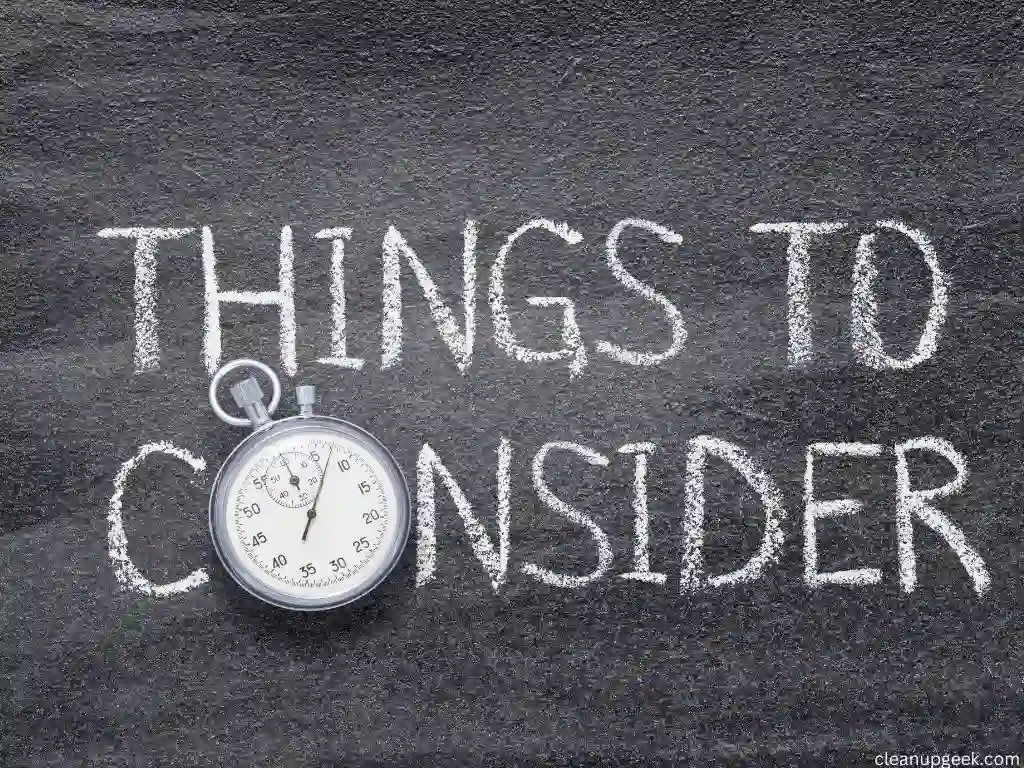
When removing yellow stains from vinyl flooring, there are several factors to consider. These include the type of stains you’re dealing with, the specific type of vinyl flooring you have, testing cleaning products before use, and using proper cleaning techniques throughout the process.
1. Types of stains
There are different types of stains that can appear on vinyl flooring, causing it to turn yellow. Some common causes include moisture, mildew and mold, incorrectly applied adhesives, chemical reactions, sunlight exposure, hot water spills, and the use of bleach.
Understanding the type of stain is important for effective removal. For example, baking soda can help remove grease or oil stains, lemon juice can tackle rust stains, rubbing alcohol can be used for ink or crayon marks, and dish soap mixed with warm water is effective for general dirt and grime.
It’s essential to identify the specific stain before choosing a cleaning method.
2. Type of vinyl flooring
There are different types of vinyl flooring that you may encounter when removing yellow stains. This includes sheet vinyl, luxury vinyl plank (LVP), and luxury vinyl tile (LVT). Each type has its own cleaning and maintenance requirements.
Sheet vinyl is a single piece that covers the entire floor area, while LVP and LVT are individual planks or tiles that are installed together. It’s important to identify the type of vinyl flooring you have before choosing a method to remove stains, as certain methods may be more suitable for one type than another.
Keep in mind that testing any cleaning products on a small, inconspicuous area first is always recommended to ensure it doesn’t cause any damage or discoloration.
3. Testing cleaning products
When it comes to removing yellow stains from vinyl flooring, testing cleaning products is an important step. Not all cleaning products are suitable for vinyl flooring, so it’s essential to test them on a small, inconspicuous area before applying them to the entire floor.
This helps ensure that the product won’t cause any discoloration or damage to the vinyl surface. Additionally, testing allows you to see if the product effectively removes the yellow stains without leaving behind residue or streaks.
By taking this precautionary measure, you can avoid potential harm and choose the right cleaning product for your vinyl flooring.
4. Proper cleaning techniques
To properly clean yellow stains from vinyl flooring, there are a few techniques you can follow. First, mix water and mild dish soap together to create a cleaning solution. You can then use a mop or sponge to gently scrub the surface of the flooring without rubbing off the wax.
For tough stains, you can try applying a mixture of household bleach and water by soaking a rag in it and laying it over the stain. Remember to test any cleaning products on an inconspicuous area first to ensure they don’t damage the vinyl.
It’s also important to avoid using abrasive cleaners or scrub brushes that could harm the flooring. Regular maintenance and cleaning will help prevent future yellow stains from appearing on your vinyl floors.
Effective Methods and Remedies to Remove Yellow Stains from Vinyl Flooring
If you’re struggling with yellow stains on your vinyl flooring, there are several effective methods and remedies that can help. From using baking soda to lemon juice, and rubbing alcohol to specialized vinyl floor cleaners, these techniques will have your floors looking fresh and clean in no time.
1. Baking soda
To remove yellow stains from vinyl flooring, baking soda can be an effective remedy. Baking soda is a natural cleaning agent that can tackle tough stains without damaging the surface of the flooring.
Simply make a paste by mixing baking soda with water and applying it to the stained area. Let it sit for a few minutes before scrubbing gently with a soft brush or sponge. Rinse thoroughly with clean water and pat dry.
Baking soda’s mild abrasive properties help lift stains and restore the original color of your vinyl flooring.
2. Lemon juice
To remove yellow stains from your vinyl flooring, you can try using lemon juice. Lemon juice contains natural acids that can help break down the stains and make them easier to clean.
Here’s how you can use lemon juice:
1. Squeeze fresh lemon juice into a spray bottle.
2. Spray the lemon juice directly onto the yellow stains on your vinyl flooring.
3. Let it sit for a few minutes to allow the acid in the lemon juice to work on the stains.
3. Rubbing alcohol
Rubbing alcohol is an effective remedy for removing yellow stains from vinyl flooring. You can use it to clean various types of stains, such as crayon marks, ink stains, or lipstick smudges.
Simply dip a cloth in rubbing alcohol and gently scrub the stained area. The alcohol helps dissolve the stain without damaging the vinyl flooring. It’s important to avoid using excessive amounts of rubbing alcohol and to test it on a small, inconspicuous area first to ensure it doesn’t cause any discoloration.
For tough stains, you can let the rubbing alcohol sit on the stain for a few minutes before scrubbing it away. Remember to rinse the cleaned area with water afterward and dry it thoroughly.
4. Dish soap
To remove yellow stains from vinyl flooring, you can try using dish soap. Mix a small amount of mild dish soap with warm water in a bucket or spray bottle. Then, use a mop or sponge to gently scrub the stained areas with the soapy solution.
Be sure not to rub too harshly, as this could damage the flooring. Afterward, rinse the area with clean water and dry it thoroughly. Dish soap is effective at removing dirt and grime without stripping away the protective wax on your vinyl flooring.
So give it a try if you’re looking for an easy and affordable solution to those pesky yellow stains!
5. WD-40
One effective method for removing yellow stains from vinyl flooring is using WD-40. WD-40 is a versatile product that can be used to remove a variety of stains, including crayon marks, grease, and scuff marks.
To use WD-40 on vinyl flooring stains, simply spray it onto the stain and let it sit for a few minutes. Then, scrub the area with a soft cloth or sponge to lift the stain. Finally, wipe away any residue with a clean cloth.
WD-40 is an easy and convenient option for tackling tough stains on vinyl flooring without causing damage.
6. Rejuvenate vinyl floor cleaner
Rejuvenate vinyl floor cleaner is an effective solution for removing yellow stains from vinyl flooring. This specialized cleaner is designed to be safe and gentle on vinyl surfaces while effectively lifting and eliminating stains.
It works by breaking down dirt, grime, and discoloration, leaving your floors looking clean and revitalized. Simply apply the Rejuvenate cleaner to the stained areas, let it sit for a few minutes, then gently scrub with a soft brush or mop.
Rinse thoroughly with water afterward to remove any residue. The powerful formula of Rejuvenate helps restore the original shine and color of your vinyl flooring without causing any damage.
Mistakes to Avoid When Removing Yellow Stains

Avoid using abrasive cleaners that can damage the vinyl flooring. Scrub gently and avoid excessive water use to prevent warping. Proper ventilation is essential, and never use bleach on colored vinyl flooring.
Read on to learn more about these crucial mistakes and how to avoid them.
1. Using abrasive cleaners
Using abrasive cleaners is a big mistake when trying to remove yellow stains from vinyl flooring. These types of cleaners can be too harsh and damage the surface of the flooring. Instead, it’s better to use gentle cleaning methods that won’t cause any harm.
It’s important to remember that vinyl flooring can be sensitive, so using abrasive cleaners could lead to scratches or discoloration. Stick to non-abrasive options like baking soda, lemon juice, rubbing alcohol, or specialized vinyl floor cleaner for effective stain removal without causing any further damage.
2. Scrubbing too harshly
Scrubbing too harshly is a mistake to avoid when removing yellow stains from vinyl flooring. While it may be tempting to use strong force to get rid of the stains, scrubbing too vigorously can actually damage the surface of the flooring.
Instead, it’s important to use gentle and controlled motions when cleaning. This will help prevent any scratching or wearing down of the vinyl. Remember, patience and a light touch are key when trying to remove yellow stains without causing further harm to your vinyl floors.
In addition, using abrasive cleaners or scrub brushes should also be avoided as they can cause similar damage. Opt for mild dish soap mixed with water and use a soft cloth or sponge instead.
By gently working on the stain with these gentle methods, you’ll have a better chance of effectively removing the yellow discoloration without harming your vinyl flooring in the process.
3. Using excessive water
Using excessive water when cleaning vinyl flooring is a mistake to avoid. Vinyl flooring is not designed to withstand large amounts of moisture, and using too much water can lead to warping, discoloration, and even damage to the adhesive that holds the flooring in place.
Instead, it’s best to use a damp mop or sponge with a mixture of mild dish soap and water for regular cleaning. This will help loosen dirt without saturating the floor. Remember to wring out excess water from your mop or sponge before cleaning, and always dry the floor thoroughly afterward to prevent any moisture-related issues.
4. Ignoring proper ventilation
Ignoring proper ventilation when removing yellow stains from vinyl flooring can lead to the accumulation of fumes and chemicals in the air, which can be harmful to your health. When using cleaning products or solvents, make sure the area is well-ventilated by opening windows or using fans.
This helps to dissipate any strong odors and ensures that you are not inhaling potentially toxic substances. Proper ventilation also aids in drying the flooring after cleaning, preventing moisture buildup that can cause further staining or damage.
By taking this simple step, you can ensure a safe and effective stain-removal process for your vinyl flooring.
5. Using bleach on colored vinyl flooring
Using bleach on colored vinyl flooring can cause discoloration and damage to the flooring. Bleach is a strong chemical that can strip away the color from the vinyl, leaving behind unsightly marks or patches.
It is important to avoid using bleach directly on colored vinyl flooring when trying to remove yellow stains. Instead, opt for alternative methods such as baking soda, lemon juice, rubbing alcohol, or specialized vinyl floor cleaners.
By avoiding bleach and using safer options, you can effectively remove stains without causing further harm to your colored vinyl flooring.
Preventive Measures to Avoid Yellow Stains on Vinyl Flooring

Position rugs and furniture strategically to prevent discoloration. Use proper window coverings to block sunlight. Clean the subfloor during installation. Use suitable cleaners and techniques for regular maintenance and cleaning.
1. Positioning rugs and furniture to prevent discoloration
To prevent yellow stains and discoloration on your vinyl flooring, it’s important to position rugs and furniture strategically. Placing rugs or mats in high-traffic areas can help protect the vinyl from wear and tear, as well as reduce the risk of stains caused by dirt or spills.
When placing furniture on the vinyl floor, consider using protective pads or coasters underneath to avoid scratching or pressing down too hard, which can cause discoloration over time.
By taking these preventive measures, you can keep your vinyl flooring looking fresh and vibrant for longer.
2. Using proper window coverings
Proper window coverings are essential for preventing yellow stains on vinyl flooring. When sunlight passes through untreated windows, it can cause discoloration and fading of the flooring.
By using blinds or curtains to block out direct sunlight, you can protect your vinyl floors from UV rays and maintain their original color. Additionally, window coverings also provide privacy and help regulate the temperature in the room.
Remember to keep your blinds or curtains clean to avoid transferring dirt or dust onto the floor.
3. Cleaning the subfloor during installation
Before installing vinyl flooring, it is important to clean the subfloor properly. This ensures a smooth and even surface for the flooring to adhere to, preventing any future issues.
Start by removing any debris or dust from the subfloor using a broom or vacuum cleaner. Next, sweep or mop the subfloor with a mixture of mild dish soap and warm water to remove dirt and grime.
Rinse thoroughly with clean water and allow it to dry completely before proceeding with the installation process. By cleaning the subfloor beforehand, you can ensure that your vinyl flooring will be installed on a clean and stable surface that will last longer.
4. Using suitable cleaners and cleaning techniques
To effectively clean yellow stains from vinyl flooring, it is important to use suitable cleaners and cleaning techniques. One option is to mix water with a mild dish soap and use a mop or sponge to gently loosen dirt without removing the protective wax layer.
For tougher stains, you can try using a mixture of household bleach and water by soaking a rag in it and laying it over the stain. However, remember not to use bleach on colored vinyl flooring as it can cause discoloration.
When choosing cleaning products, make sure to test them on a small inconspicuous area first to ensure they do not damage or discolor the flooring. Regular maintenance and cleaning are also key factors in keeping your vinyl flooring looking its best.
5. Regular maintenance and cleaning
To keep your vinyl flooring looking its best and prevent yellow stains, regular maintenance and cleaning are crucial. By following a few simple steps, you can maintain the cleanliness and shine of your vinyl floors.
Start by sweeping or vacuuming regularly to remove dirt and debris that can scratch the surface. Then, use a mixture of water and mild dish soap to clean the floors, avoiding abrasive cleaners that can damage the vinyl.
For tougher stains, like crayon marks or scuffs, try using rubbing alcohol or a mixture of vinegar and water on a cloth to gently scrub them away. Finally, be sure to avoid excessive moisture or sunlight exposure as these can cause discoloration over time.
Frequently Asked Questions
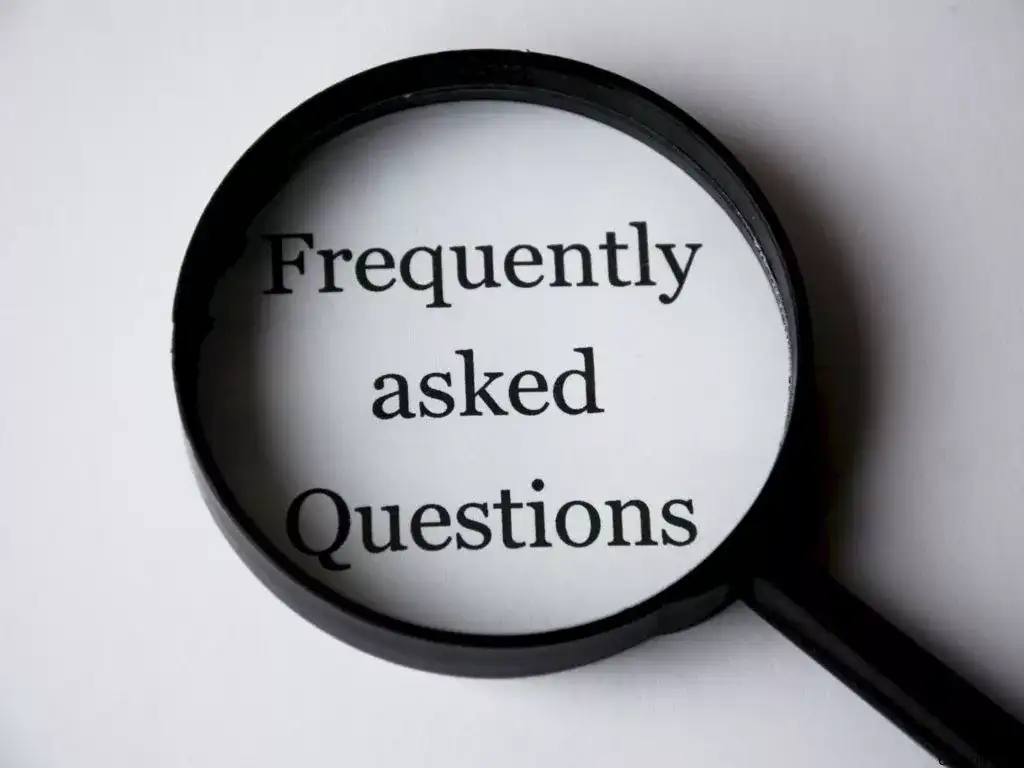
1. What are some effective ways to remove yellow stains from vinyl flooring?
Baking soda, lemon, and rubbing alcohol are all effective methods for removing stains from discolored vinyl flooring.
2. How can I avoid making mistakes when cleaning my vinyl floors?
Follow the tips for cleaning vinyl floors closely, make sure to not wax on your vinyl floors, and be careful in removing dirt or scuff marks.
3. Can these tips also apply to linoleum flooring?
Yes! The same methods you use in cleaning discolored vinyl flooring could work on how to clean discolored linoleum floors too.
4. What should I consider before starting the stain removal process?
Know about factors like what made the stain and follow preventive measures for maintaining your floor’s shine.
5. How can I keep my floors from getting stained again after they’re cleaned?
Using cleaning tips for your floor type will help you take care of any early signs of staining.
Conclusion and final thoughts
In conclusion, removing yellow stains from vinyl flooring is possible with the right methods and remedies. By choosing effective cleaning agents like baking soda, lemon juice, or rubbing alcohol, you can tackle those stubborn stains.
However, it’s crucial to consider factors such as the type of stain and vinyl flooring before starting the cleaning process. Remember to avoid common mistakes such as using abrasive cleaners or bleach directly on the stains.
Taking preventive measures like regular maintenance and proper positioning of rugs and furniture can also help prevent yellow stains on your vinyl floors. With these tips in mind, you can keep your vinyl flooring looking clean and vibrant for years to come.
